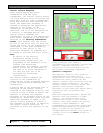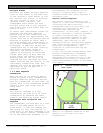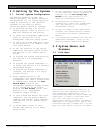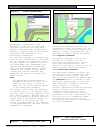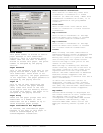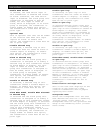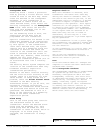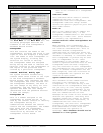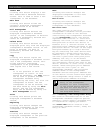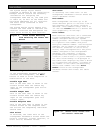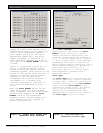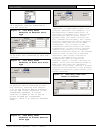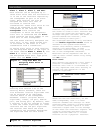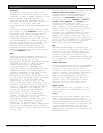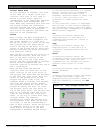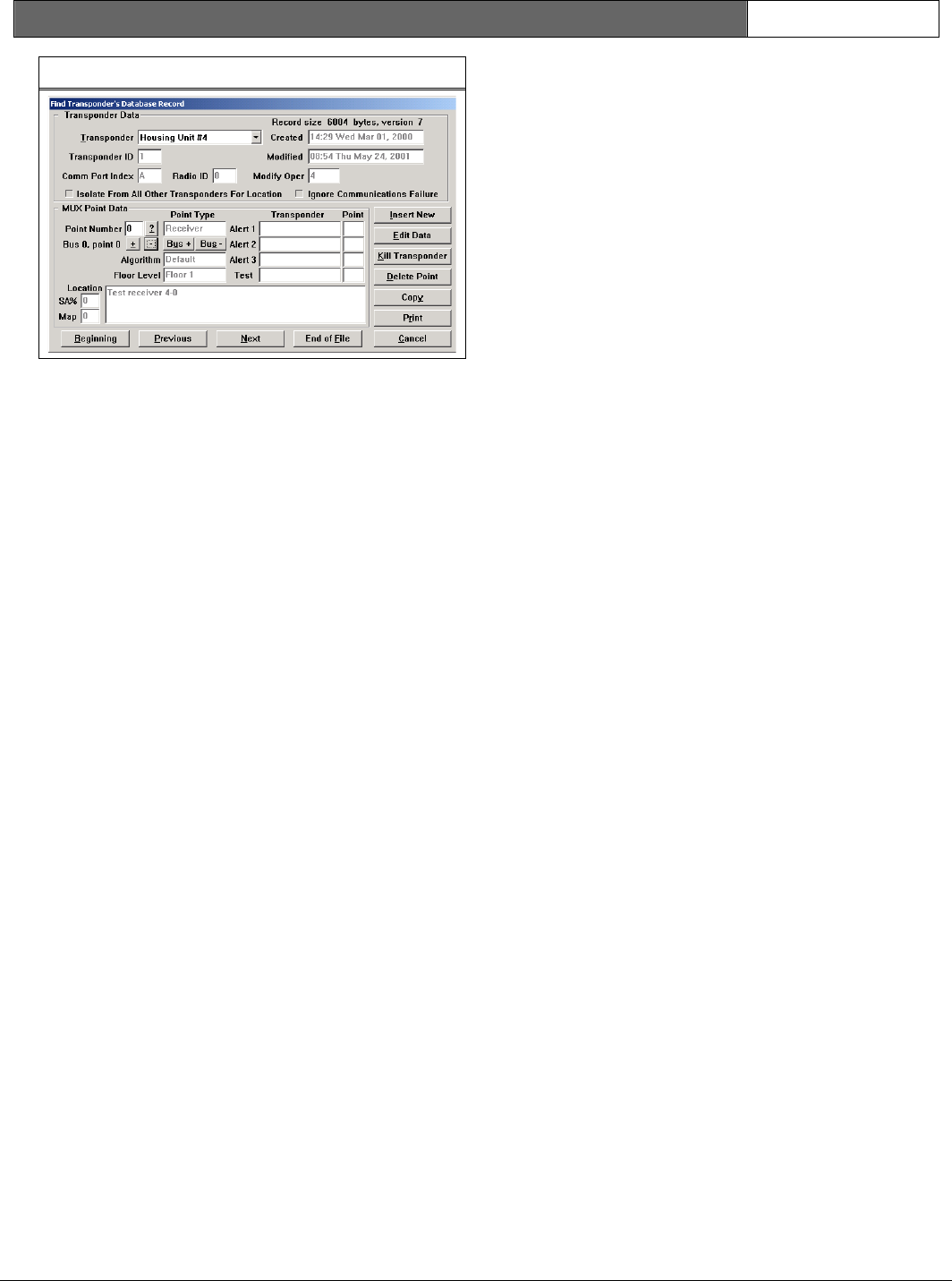
Security Escort | Technical Reference Manual | 3.0 System Menus
and Screens
EN | 18
Bosch Security Systems | 6/12 | 38947D
Database Record
Access the Transponder Database from
the File Menu on the Main Menu bar. The
following paragraphs describe the
elements of the Find Transponder’s
Database Record Screen.
Transponder
This box contains the names of the
transponders. Clicking the arrow to the
right of this box displays a drop-down
list. The names of each transponder in
the system display, allowing easy
selection for review or editing.
The transponder names are assigned
during set-up and used to indicate the
physical location of the transponder or
the region of the protected area
covered by a particular transponder.
Created, Modified, Modify Oper
The system software automatically
creates these three fields to the right
of the Find Transponder’s Database
Record Screen. They represent the date
the transponder was first entered into
the Transponder Database, the date of
the last change of any entry for this
transponder, and the identity of the
operator who made the last change
(determined from the password entered
to make the change).
Transponder ID
This is a number assigned to the
transponder at system set-up. It is
used by the central console to identify
the transponder during all
communications between the central
console and the transponder. The number
must agree with the transponder
address, which is set during final
installation by switches on the
transponder circuit board.
Note:
Zero is not allowed as a transponder
address.
Comm Port Index
This indicates which central console
communications port to use to
communicate with this transponder. The
Transponder Comm Port Setup Screen
selects the specific physical port that
this index refers.
Radio ID
This is the identification number for
the radio interface unit, if the
transponder communicates to the central
console by a radio link. (This feature
is currently not implemented.)
Isolate From All Other Transponders For
Location
When checked, this transponder is
isolated from all other transponders
for location considerations. This is
used when distant transponders
sometimes hear an alarm and throw off
the alarm location calculation. If this
checkbox is checked, it indicates that
this transponder is protecting an area
that is independent of all other
transponders in the system. When an
alarm is reported and receivers on this
transponder have the best reception,
only the receivers on this transponder
are considered for the location of this
alarm. If another transponder has the
best reception, then the receivers on
this transponder are ignored for the
location of this alarm.
Ignore Communications Failure
This checkbox allows communications
failures to be ignored for this
transponder. It is used during a new
installation for transponders that are
not yet fully on line. During system
maintenance when a transponder is out
of service for a while, it is used so
that the communications failure
messages do not flash on the screen and
distract the operator. Checking this
checkbox causes the system to ignore
communication failure. Therefore, if
communications fail with this
transponder, the area this transponder
protects is not protected and alarms
from subscribers in that area are
missed without the operator’s
knowledge. This checkbox should not be
checked in a live system.




